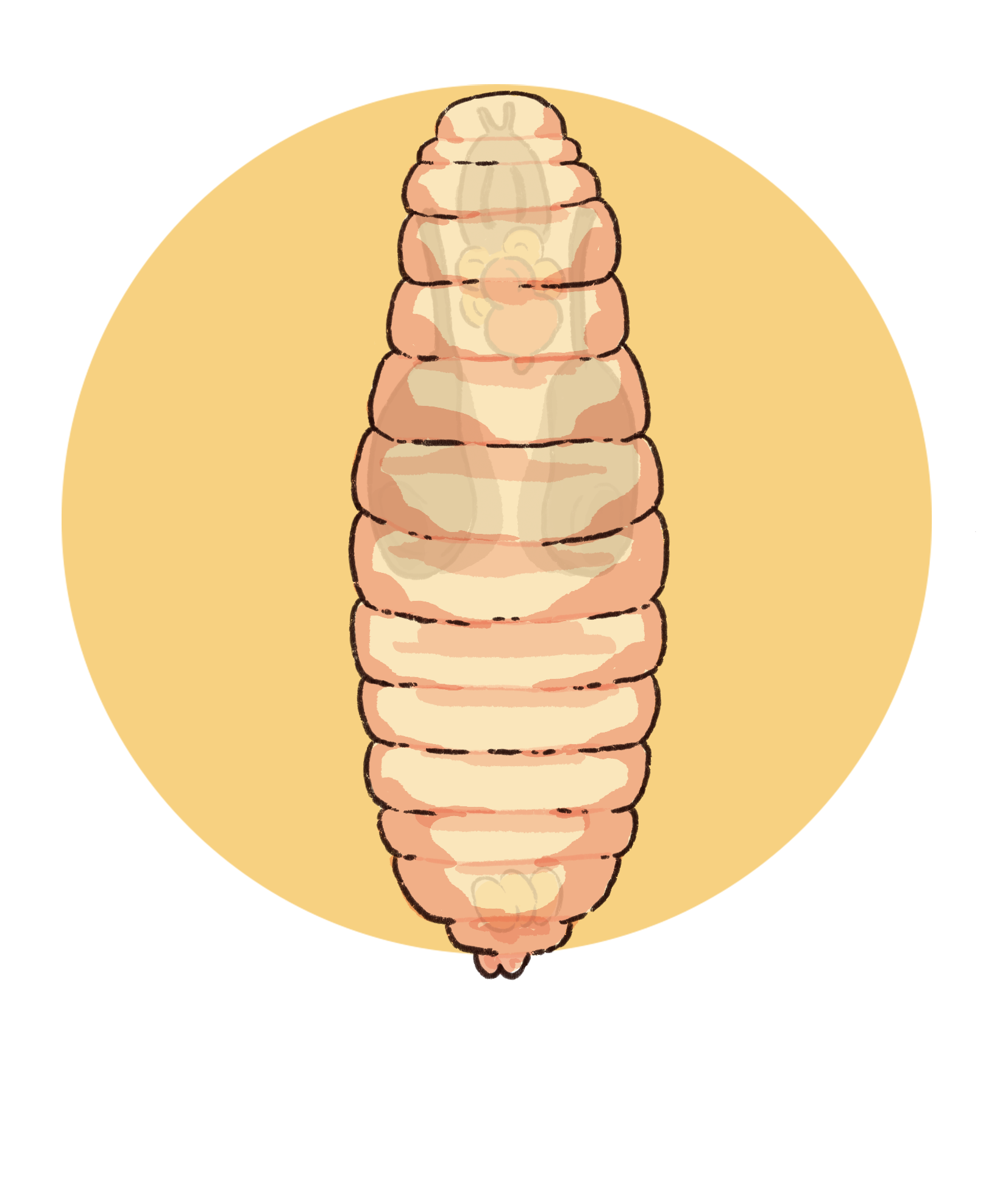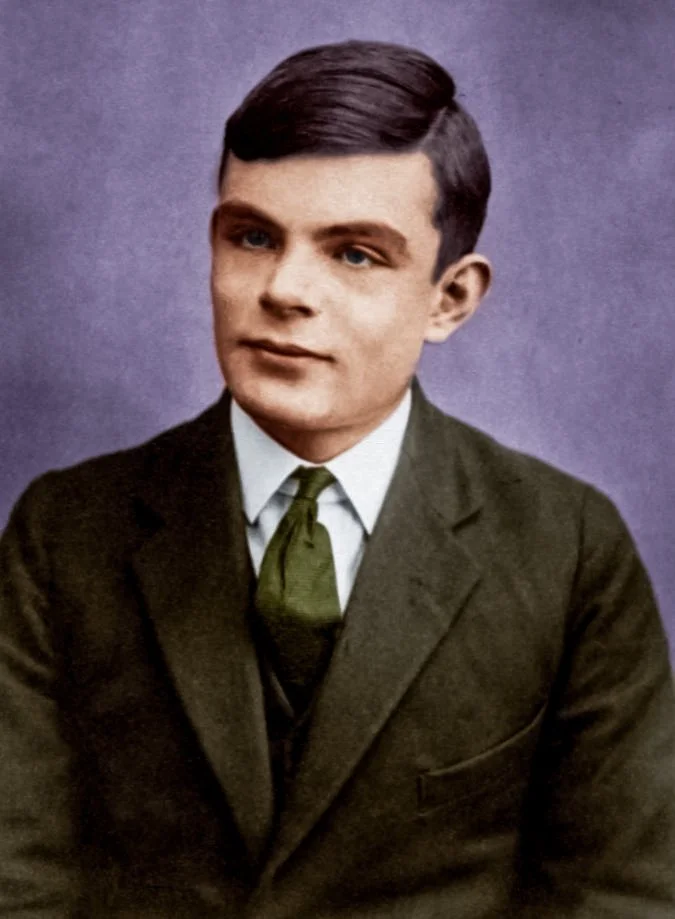Computing
Computing in Biology
-
At a church along this fair parade,
You can climb the steeple and see the cityscape.
A great lady saint gives it it’s name,
Tell us what it is to continue the game!
-
What ladies name does the church opposite Kings College have? ‘Great Saint ….?”
*Remember to start your answer with a Capital letter.
“We can see only a short distance ahead, but we can see plenty there that needs to be done.”
— Alan Turing from ‘Computing Machinery and Intelligence’, 1950.



